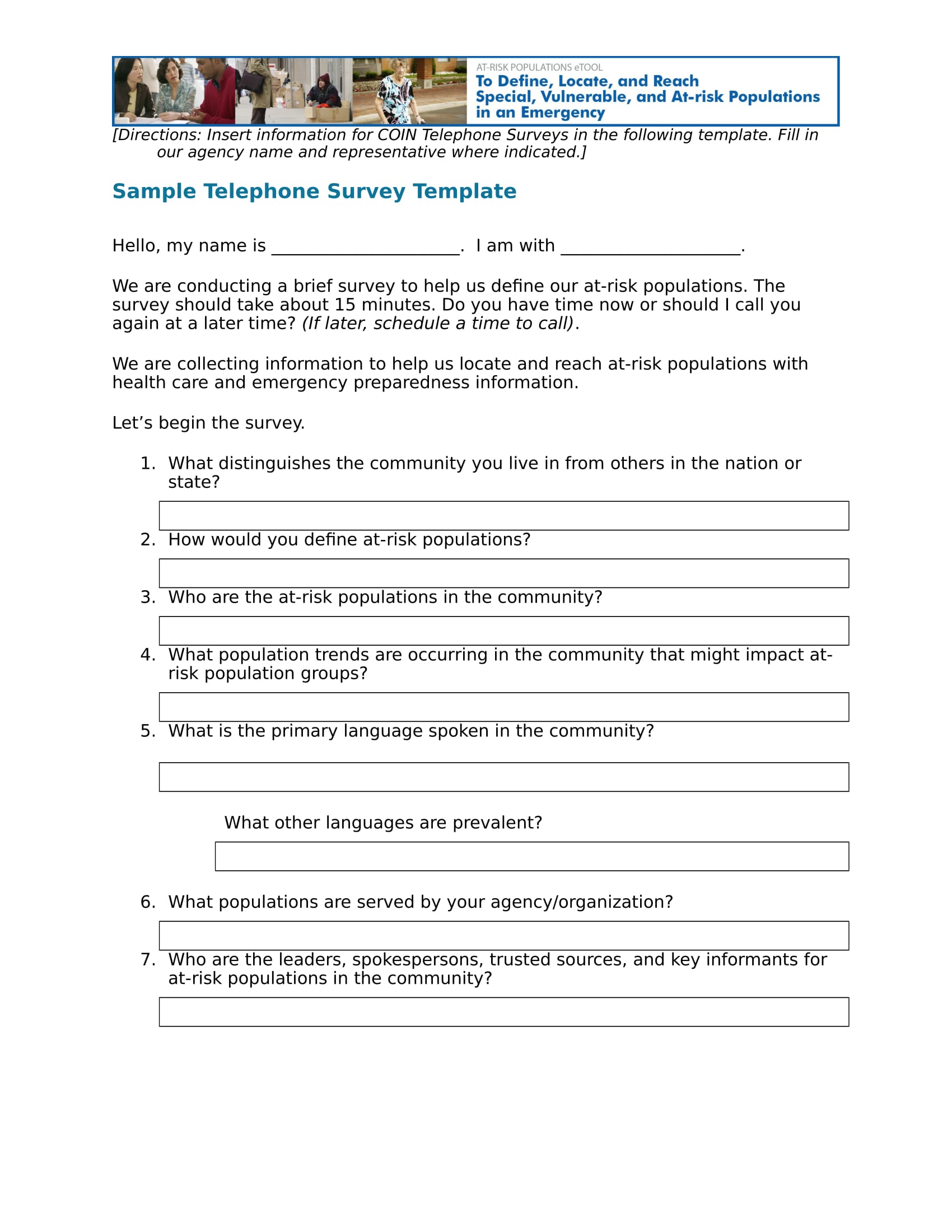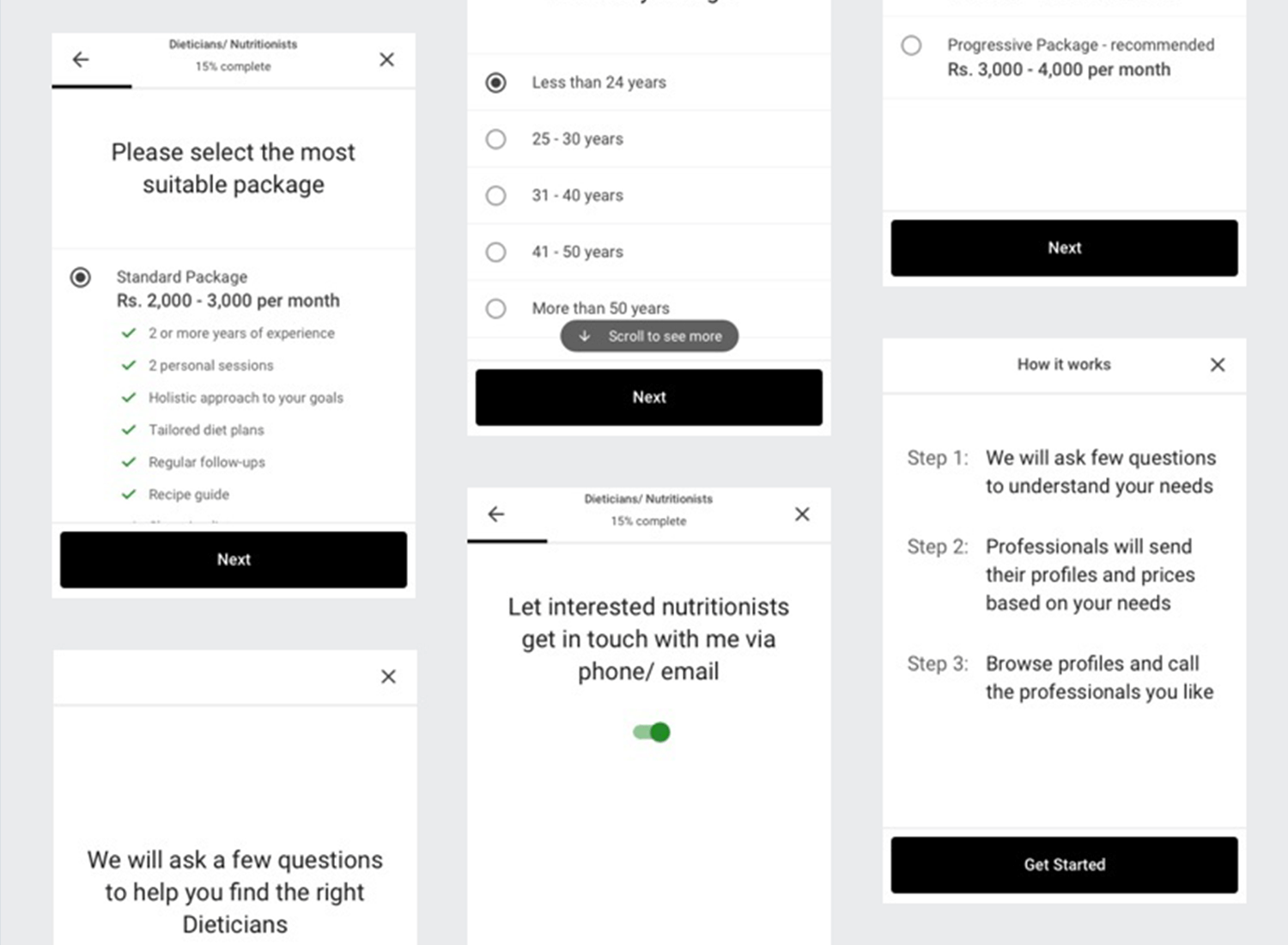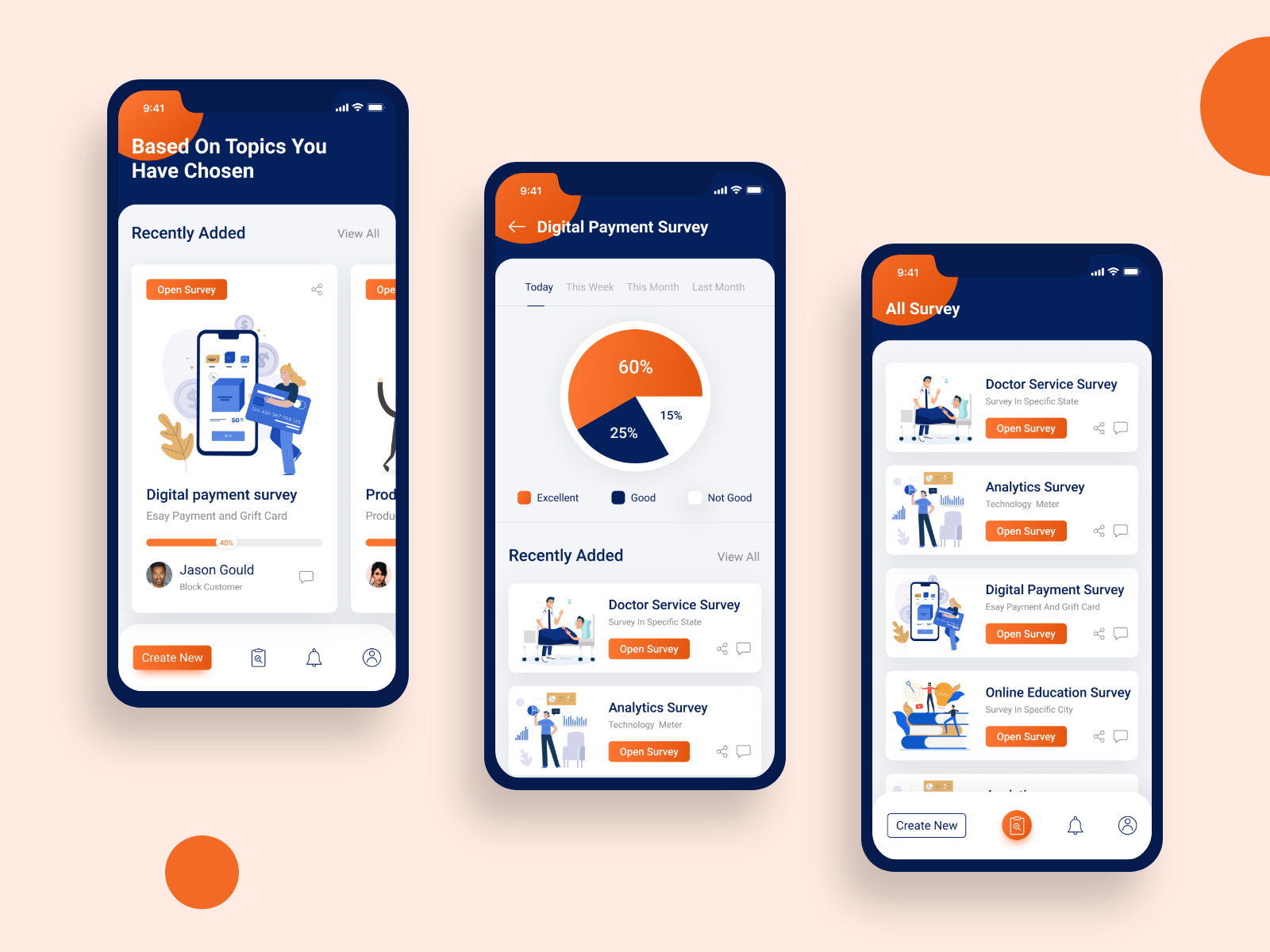Table Of Content

On questions where two versions are used, significant differences in the answers between the two forms tell us that the difference is a result of the way we worded the two versions. Perhaps the most important part of the survey process is the creation of questions that accurately measure the opinions, experiences and behaviors of the public. Accurate random sampling will be wasted if the information gathered is built on a shaky foundation of ambiguous or biased questions. Creating good measures involves both writing good questions and organizing them to form the questionnaire. Create surveys that use language and terminology that your respondents will understand. Keep the language as plain as possible, avoid technical jargon and keep sentences short.
How Automated Phone Surveys Work [+Tips and Examples]
For deeper analysis, we also provide the ability to export individual questions as a PNG, PDF or CSV file. These reports can include any audience filtering or cross-tabbing you have selected, so multiple reports and data comparisons can be achieved easily, depending on what the research outcome was for the project. You could also describe an ambiguous question as a confusing question. An ambiguous question is one that a respondent will struggle to answer, not because they are a bad respondent but because it is a bad question. Generally, ambiguous questions are too broad and leave room for interpretation by the respondents. Analysing responses to open-ended questions can be time-consuming if you don’t know what you are looking for.
Key principles behind great surveys
But not everyone knows how to craft effective surveys that produce useful and reliable results. Surveys may be sent privately with unique links, but they are still public-facing content and reflect your standards. They should have impeccable punctuation, grammar, spelling, content clarity, and tone. Typically the only way to ensure this is to bring in an extra set of eyes, so always ask someone to review a survey template before you send it to users.
Fellow Project: Including Traditional Knowledge to Design Reef-Safe Landscapes in the U.S. Virgin Islands

Biased questions are questions that sway a respondent towards a particular answer or confuse the respondent into answering in a way that doesn’t align with their true opinion. We’ve included a list of various types of biased questions to look out for, below. Survey design is the process of creating an effective survey with the intent of gathering valuable insights from an audience.
Seismic Survey Design & Modeling - Schlumberger
Seismic Survey Design & Modeling.
Posted: Fri, 12 May 2023 13:11:16 GMT [source]
The success of your initiatives may depend on how well your surveys are designed. This article will explain the definition of survey design, types of survey research design, best question types to use in your survey design, and survey design methodology with all details. Surveys are a common way to collect data across various industries. They are a wise choice if you want to learn more about a group of people's traits, interests, viewpoints, or beliefs. The number of survey participants is significant in this respect. You can increase the number of survey participants with a good survey design.
Open-ended questions let respondents write their answers in their own words as opposed to choosing from a list of answers. These verbatim questions collect qualitative data that can be used in tandem with close-ended questions. When writing your survey questions, it can be challenging to decide which question types will get you the information you need. We’ve covered the common question types to use and avoid below, with examples of each.
Think about the order of your questions
You won‘t know exactly which one they’re referring to in their answer, and this makes their response relatively useless. Asking too many questions isn’t the best use of a survey taker’s time. What’s worse is when the questions aren’t relevant to the survey. Easily measure customer satisfaction and begin to improve your customer experience. GSA has been trying to address the functionality of office space through the creation of its Workplace Innovation Lab (WIL). Federal employees and teams can reserve space in the D.C.-area co-working space, which uses comfortable furniture, innovative conferencing layouts and technology that’s better primed for employee collaboration.
Decide on a sample size

However, it is common for the set of people in survey panels to change over time as new panelists are added and some prior panelists drop out. Many of the questions in Pew Research Center surveys have been asked in prior polls. A key metric that researchers should keep in mind is the response rate, that is how many respondents actually complete the survey and don’t drop out. When surveys contain questions that don’t apply to them, respondents are more likely to get irritated and leave the survey. Having a consistent structure makes answering questions a lot easier on respondents, as questions follow some theme or logic that respondents can follow easily.
Some people are shy, while others are forward with sharing their ideas. Ideally we need to create an environment where everyone feels comfortable. Respondents may assume that all rating questions have the same scale direction even if individual question instructions explain the meaning of the scale’s end points. On the other hand, remember that there is no one-size-fits-all. Consider what type of business you have and what works for you and everyone who’s involved in it. End with the classification questions – These are questions about demographics.
Those receiving a paper extended instrument were sent the extended survey in the language in which the screener was completed. For web, respondents continued in their selected language from the screener. Designing surveys is essential for market research but it can be difficult to know where to start. By keeping the principles of survey design in mind, you can create questionnaires that are simple and easy to understand, which will result in more reliable data. We know already that open-ended questions are a great way for survey designers to get more detailed feedback from respondents, but they can be difficult to analyze. So remember to make sure that the questions are phrased in such a way as to ensure that the response can provide useful insights.
Surveys have long been a channel to get useful customer feedback fast—unlocking user needs, pain points, and motivations in order to build better products and target the right markets. But great surveys are deceptively simple—it’s easy to accidentally create a survey template that frustrates users while totally confusing your team and you. Dichotomous questions have only two answer options, including yes/no, true/false, thumbs up/thumbs down, and agree/disagree.

No comments:
Post a Comment